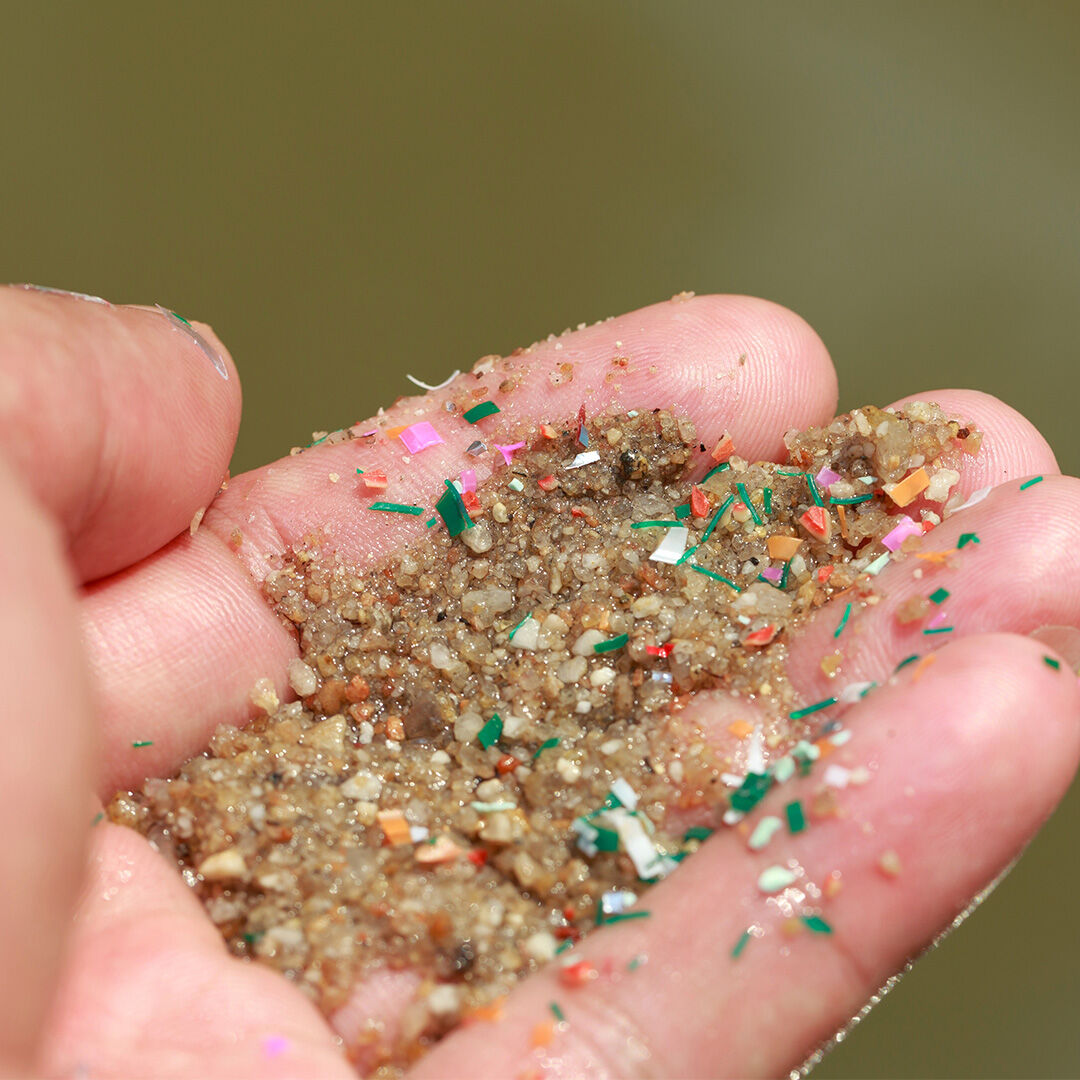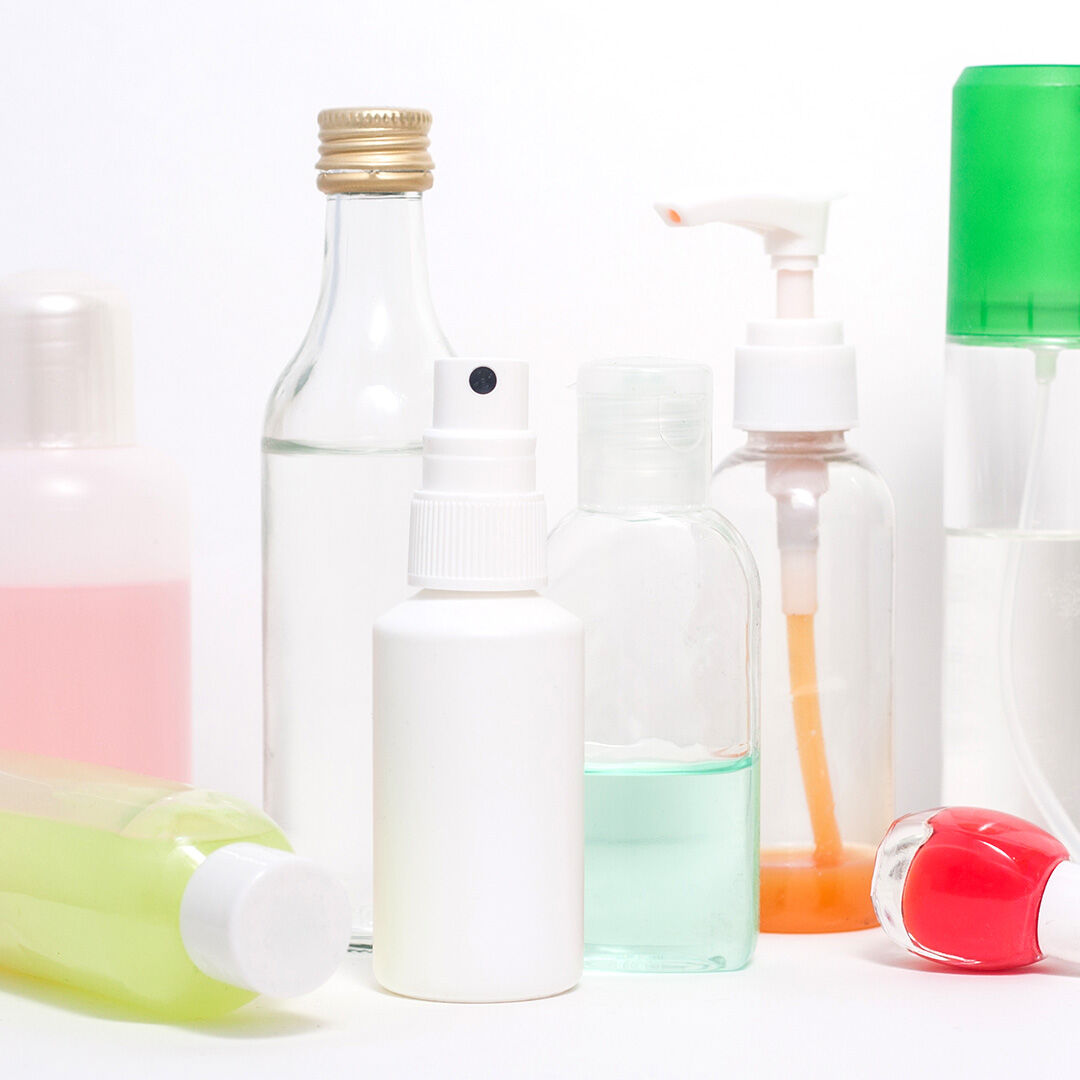Hier klicken für deutsche Version
Why do we avoid microplastics?
In addition to our Ohne Gedøns* philosophy, the issue of microplastics is high on the public agenda and much discussed - and rightly so, as water treatment plants are unable to completely filter these plastic particles due to their size and they are released into the environment in various ways - with no way of removing them. The particles actually accumulate in our ecosystems and not only damage our environment, but also cause concern about possible effects on human health.
We are delighted with the ban on solid microplastic particles (Regulation 2023/2055 amending Annex XVII of the REACH Regulation), which came into effect on October 17th, 2023 and applies to cosmetic products as well as cleaning products containing abrasive microplastic particles. The European Chemicals Agency estimates that a total of 42,000 tonnes of microplastics are released in the EU each year (1). The EU hopes that the new measures will prevent the release of around half a million tonnes of microplastics into the environment.
However, our Ohne Gedøns* philosophy goes even further by avoiding much more than the new ban requires.
What are microplastics and what exactly has been banned?
The REACH definition of microplastics is as follows: Water-insoluble, solid plastic particles of less than or equal to 5 mm and fibre-like particles with a length less than or equal to 15 mm. The microplastics ban does not (yet) apply to liquid or partially dissolved polymers (these different polymers are often simply referred to as "liquid microplastics"), as these are assessed in accordance with European chemicals legislation (REACH).
A clearer understanding can be gained by first distinguishing between primary and secondary microplastics. Primary microplastics are petroleum-based plastic polymers intentionally produced in small sizes for use as components, e.g. in the production of plastic packaging or cosmetic products. So primary microplastics are added intentionally. In contrast, secondary microplastics are not added intentionally, but are created as a result of the degradation of macroplastics, i.e. larger plastic parts, for example through weathering or abrasion.


Primary microplastics were often used in solid form in abrasive cleaning products, scrubs or toothpaste, for example, until their use became legally prohibited. However, liquid or partially dissolved polymers can still be used in sun creams, shower gels or hair conditioners, as these are not legally considered to be microplastic particles.
The current ban therefore only applies to solid carbon-based microplastics - with no ban on pure silicone polymers or biodegradable natural polymers. Alongside products with abrasive microplastics and pure solid microplastics (e.g. glitter), many other products with non-abrasive, solid microplastics and other uses of solid microplastics are set to be banned in future. You can find more information about this on a separate website - click here.
How does Jean&Len view microplastics
We agree with the environmental organisation Plastic Soup Foundation, who view both solid microparticles and liquid or partially dissolved polymers as part of the microplastic problem and are committed to avoiding them in cosmetics, detergents, cleaning agents and cleaning products.
Therefore, we not only refrain from using microplastics in accordance with EU Regulation 2023/2055, but we go even further: our "No microplastics" policy includes both solid microplastics, in accordance with EU Regulation 2023/2055, and liquid and semi-solid synthetic polymers ("liquid microplastics"), which we avoid in all our labelled products.

Good to know: What are microplastics used for in cosmetics?
In cosmetic formulations, microplastics are often used to opacify, mattify and improve consistency. Microplastics and synthetic polymers are also used as pigment carriers and "film-formers", which facilitate application to the skin. Further, synthetic polymers can be used in sunscreens to optimise the sun protection factor.
Source: (1)ECHA (2020). Background Document to the Opinion on the Annex XV report proposing restrictions on intentionally added microplastics: https://echa.europa.eu/documents/10162/b56c6c7e-02fb-68a4-da69-0bcbd504212b
